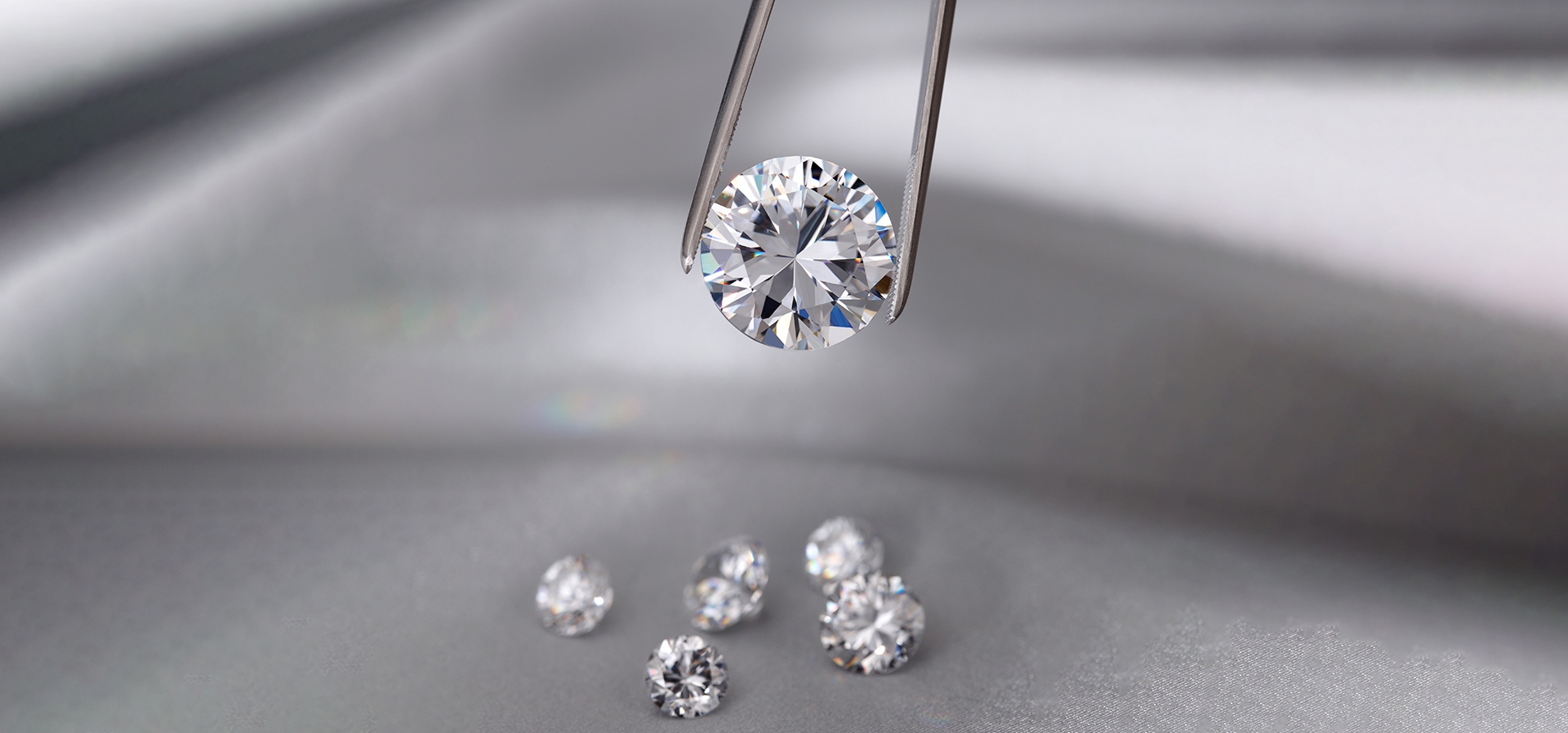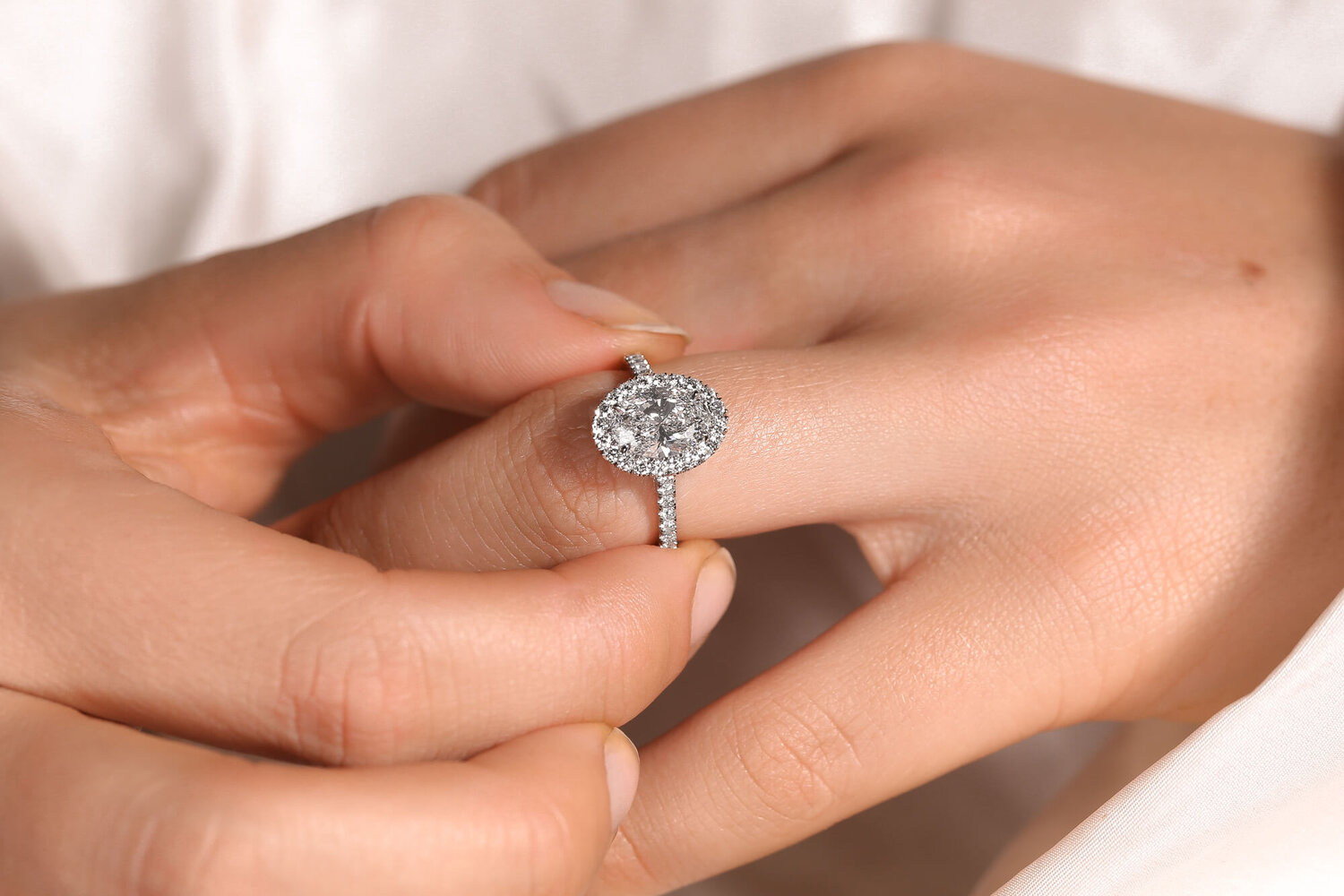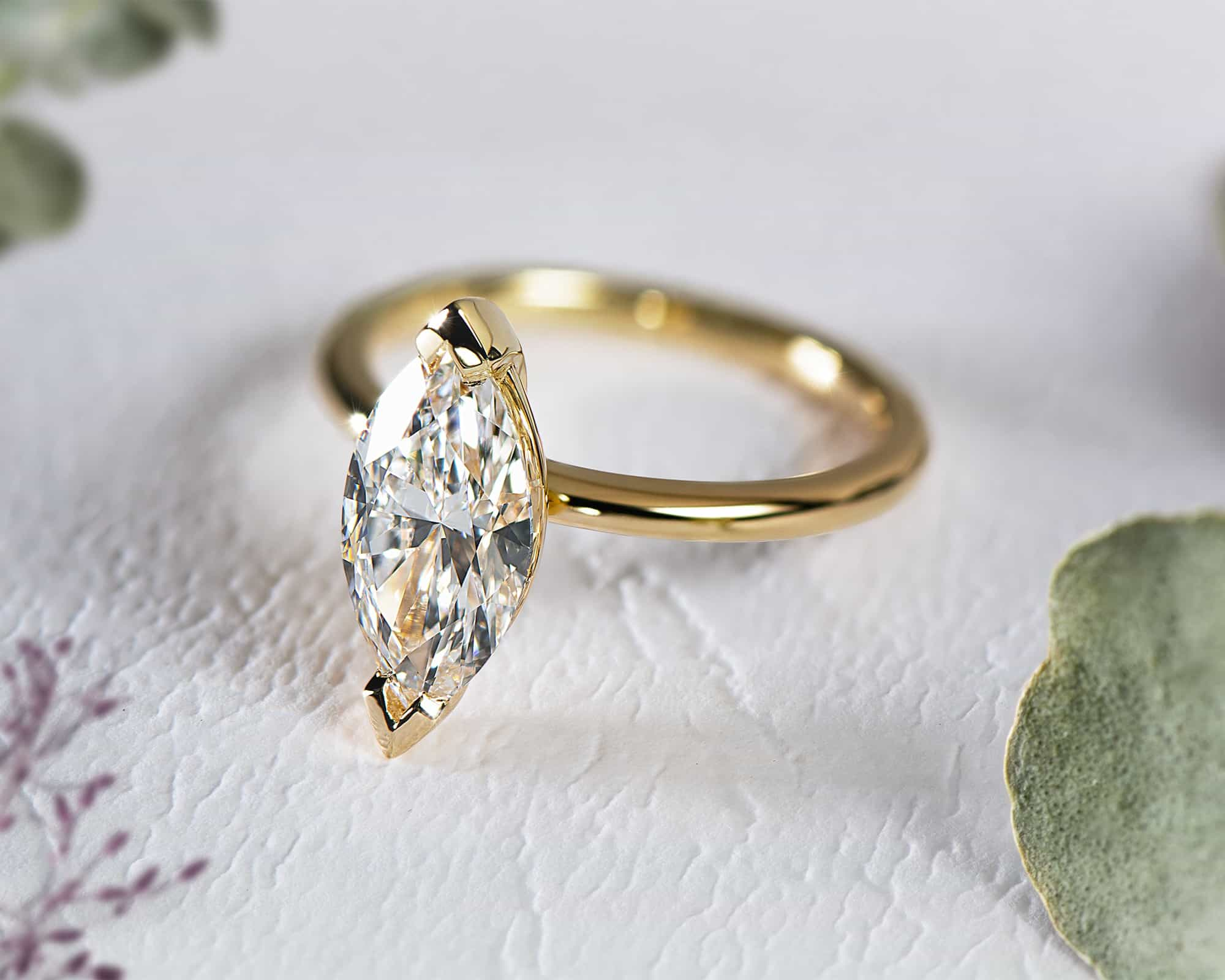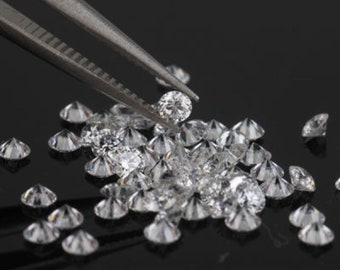In-depth Comparison: Mined Diamonds vs. Lab-Grown
Diamonds have long captivated the human imagination, symbolizing love, luxury, and eternity. But in today’s world, the choice between mined and lab-grown diamonds goes beyond their sparkle. Let’s delve into the nuances of these two types of diamonds and explore which might be the better fit for you.
Introduction
Diamonds are not just beautiful gems; they are geological marvels that take millions of years to form under intense pressure and heat deep within the Earth’s mantle. Traditionally, diamonds were exclusively mined from the Earth, a process that has significant environmental and ethical implications. However, the advent of lab-grown diamonds has revolutionized the diamond industry, offering a more sustainable and ethically sound alternative.
Understanding Mined Diamonds
Natural diamonds are formed over billions of years through a process involving carbon crystallization under extreme geological conditions. Mining these precious stones involves extracting them from deep within the Earth’s crust through open-pit or underground mining. While mined diamonds are revered for their natural beauty and rarity, the mining process has drawn criticism for its environmental impact, including habitat destruction, soil erosion, and water pollution.
Exploring Lab-Grown Diamonds
Lab-grown diamonds, also known as synthetic or cultured diamonds, are created in controlled laboratory environments that replicate the natural diamond-growing process. Using advanced technological methods such as High Pressure High Temperature (HPHT) and Chemical Vapor Deposition (CVD), scientists can produce diamonds that are chemically and physically identical to mined diamonds. One of the key advantages of lab-grown diamonds is their significantly lower environmental footprint, as they require minimal mining and no habitat disruption.
Quality and Purity: Mined vs. Lab Diamonds
When it comes to quality, both mined or lab diamonds undergo rigorous grading processes based on the 4Cs—clarity, color, cut, and carat weight. While traditionalists argue that natural diamonds possess a unique charm due to their natural formation, lab-grown diamonds often boast superior clarity and color consistency due to the controlled growth environment. Moreover, advancements in technology have narrowed the quality gap between the two types, making lab-grown diamonds a viable alternative for those seeking high-quality gems.
Cost Comparison: Mined vs. Lab Diamonds
Cost is a significant factor influencing diamond purchases. Mined diamonds are subject to market volatility influenced by factors such as mining conditions, geopolitical stability, and global demand. In contrast, lab-grown diamonds, while initially perceived as cheaper, are priced competitively due to advancements in production technology and increasing consumer demand. This affordability factor makes lab-grown diamonds an attractive option for budget-conscious buyers without compromising on quality.
Popularity and Market Demand
Consumer preferences are shifting towards sustainable and ethically sourced products, including diamonds. The rising awareness of environmental and ethical issues associated with mined diamonds has contributed to the growing popularity of lab-grown diamonds. In recent years, major jewelers and retailers have expanded their offerings to include lab-grown diamonds, reflecting a broader shift in the diamond market towards sustainability and transparency.
Cultural and Psychological Perspectives
Diamonds hold a special place in human culture, symbolizing love, commitment, and status. While traditionalists may value the symbolism and rarity of natural diamonds, younger generations are increasingly drawn to the ethical and environmental benefits of lab-grown diamonds. The perception of lab-grown diamonds is evolving positively as more consumers recognize their identical chemical composition and aesthetic appeal compared to mined diamonds.
Environmental Impact Assessment
The environmental footprint of diamonds extends beyond their beauty. Mined diamonds require extensive energy and water usage during extraction and processing, contributing to carbon emissions and ecological degradation. In contrast, lab-grown diamonds produce minimal environmental impact, with significantly lower carbon emissions and energy consumption. This makes them a more sustainable choice for environmentally conscious consumers looking to reduce their ecological footprint.
Ethical Considerations and Social Responsibility
Ethical concerns surrounding diamond mining have long plagued the industry, with issues ranging from human rights violations to unfair labor practices. The prevalence of conflict diamonds, also known as blood diamonds, has raised awareness about the need for ethical sourcing in the diamond supply chain. Lab-grown diamonds offer a transparent and ethically sound alternative, ensuring that consumers can purchase diamonds with confidence, knowing they are not contributing to human rights abuses or environmental degradation.
Certification and Consumer Confidence
Diamond certifications play a crucial role in establishing consumer trust and confidence. Organizations such as the Gemological Institute of America (GIA) and International Gemological Institute (IGI) provide rigorous grading and certification services for both mined and lab-grown diamonds. These certifications verify the authenticity, quality, and ethical sourcing of diamonds, helping consumers make informed purchasing decisions based on reliable information.
Common Myths and Misconceptions
Misinformation about lab-grown diamonds persists in the market. Contrary to popular belief, lab-grown diamonds are not “fake” or of inferior quality compared to mined diamonds. They are physically and chemically identical, with the main difference being their origin. Additionally, concerns about durability and resale value have been debunked, as lab-grown diamonds exhibit the same hardness and brilliance as natural diamonds and hold value in the market.
Choosing Between Mined and Lab Diamonds
The choice between mined and lab diamonds ultimately depends on personal preferences, values, and budget considerations. Traditionalists may prefer the natural allure and rarity of mined diamonds, while eco-conscious consumers may opt for lab-grown diamonds for their sustainability benefits. Regardless of choice, both types of diamonds offer unique advantages, and the decision should align with individual priorities and ethical beliefs.
Future Trends and Innovations
As technology continues to advance, the future of diamonds is poised for innovation. Continued research in diamond synthesis techniques and sustainable practices will likely enhance the availability and affordability of lab-grown diamonds. The diamond industry is also witnessing a shift towards greater transparency and ethical standards, driven by consumer demand for responsibly sourced products.
Conclusion
In conclusion, the debate between mined and lab-grown diamonds reflects broader trends towards sustainability, ethical consumption, and technological innovation in the jewelry industry. While each type of diamond has its distinct characteristics and appeal, the growing popularity of lab-grown diamonds underscores a transformative shift towards more environmentally friendly and socially responsible practices. Whether you choose a mined diamond steeped in geological history or a lab-grown diamond crafted with scientific precision, your decision can contribute to a more sustainable and ethical future.






